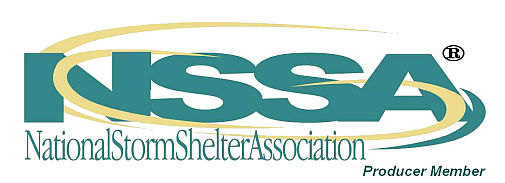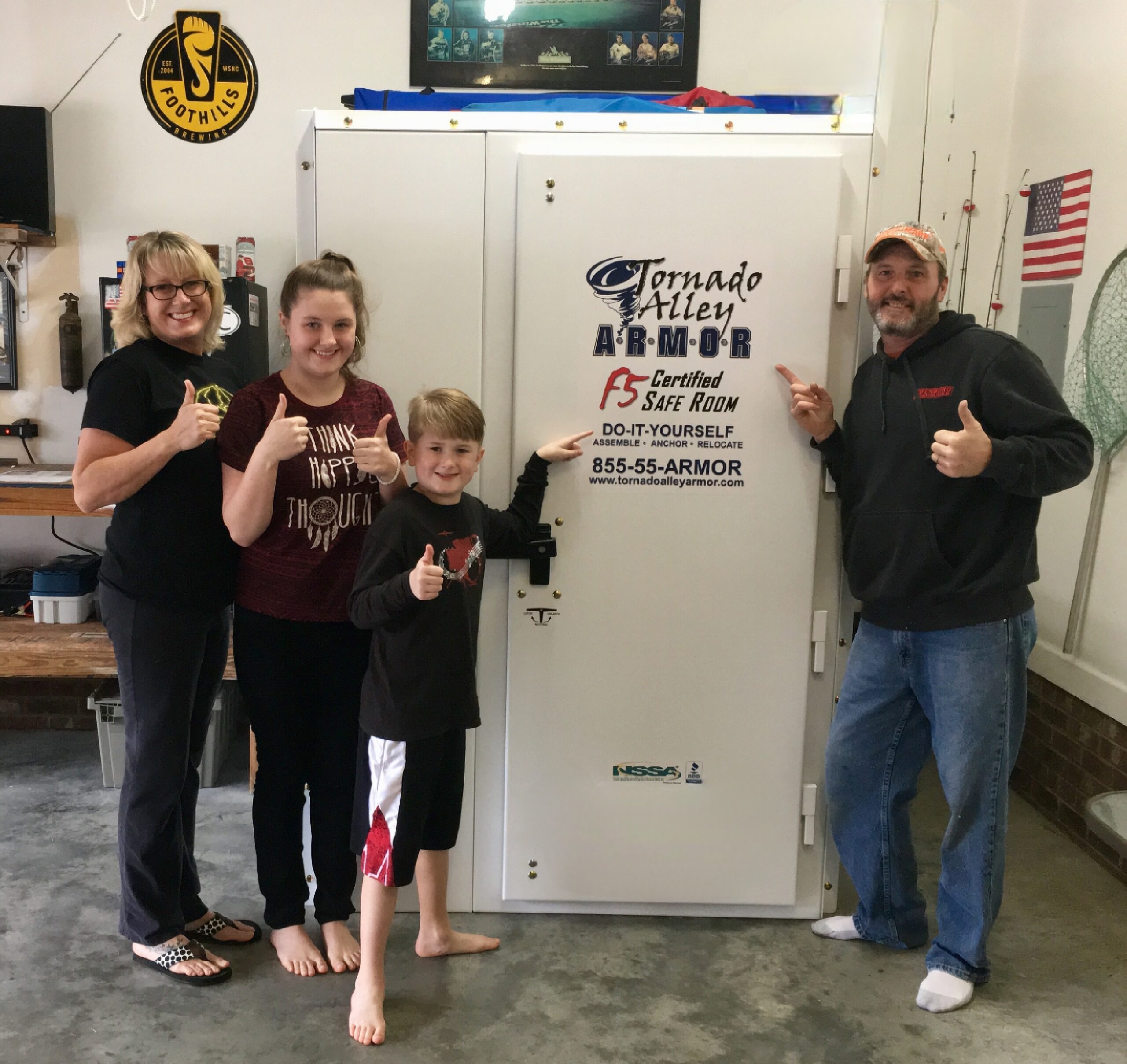I’m trying to compare the difference between the NSSA – National Storm Shelter Association- certification you have and the ATSA – American Tornado Shelter Association- certification I have seen on other safe rooms. Can you explain the differences?
The National Storm Shelter Association’s Executive Director is Dr. Ernst Kiesling P.E., Ph.D, from Texas Tech University’s Wind Science and Engineering Research Center. Dr. Kiesling is recognized as one of the premiere authorities in the world on wind energy research and safe room design protocols. Ernie and his staff at TTU worked extensively with FEMA in the late 90’s to develop what is now FEMA’s Publication 320, 360 & 361 guidelines for small group and community safe rooms for tornadoes, as well as hurricane shelters. Dr. Kiesling does not own an interest in any storm shelter company. His primary concern is for public safety and integrity in the storm shelter industry.
As we understand it, there is no one associated with the ATSA executive committee who has anywhere near the reputation, professional training, knowledge or experience of Dr. Kiesling when it comes to wind energy and shelter design.
The ATSA was formed primarily due to a new FEMA requirement for rebate participation. The new requirement was put in place due the large number of sub-standard manufacturers that were jumping into the business every time a major tornadic event would occur. They would start up a business, crank out storm shelters with little regard for FEMA’s design recommendations and prey on the general lack of public knowledge of their design compliance.
FEMA’s new requirement was intended to protect the public by mandating that for any purchaser to be eligible for a FEMA rebate reimbursement, the manufacturer of that shelter had to be a member of a professional association. The NSSA was the only association at the time, so if a manufacturer was unwilling or unable to meet the NSSA strict requirements, that manufacturer wasn’t eligible to provide rebate recipients with their product. That disqualification also held true for former members of the NSSA who were previously dismissed from the NSSA for non-compliance to the NSSA’s guidelines.
The fees are much lower to join the ATSA, as is the time and cost requirements to meet and maintain compliance. The ATSA was approved with its current requirements by the Texas Railroad Commission (the TX governing bureaucracy for this sort of thing), so you can draw your own conclusions from that. The snippet below was taken directly from the ATSA website. If it’s so easy to become a member what’s the point in it- other than to be able to participate in rebate programs?
As our website says, it’s a difficult, time consuming, expensive and on-going task to gain and remain in good standing with the NSSA. But, when the public’s safety is on the line, it’s an essential process to ensure only the highest quality shelters make it to the general public.
Now to answer your question…
The American Tornado Shelter Association has demonstrably lower verification and compliance requirements than the NSSA. The bulk of the ATSA’s requirements have been copied & pasted from the NSSA requirements. However, they omitted what is arguably the most important step, the requirement for an independent 3rd party peer review by an unbiased professional engineering firm of the original design AND any modifications made after the original review. There is a short list of approved engineering firms that have engineers on staff who are intimately familiar with the FEMA, ICC-500 and NSSA requirements. Since the industry is unregulated, there is a real potential for some “home-cookin’ ” when it comes to engineering calculations, and the independent peer review will expose that, forcing the manufacture into compliance. With the ATSA, there is NO requirement for independent verification of engineering calculations, FEMA design compliance or design modifications.
At every trade show you’ll find non-NSSA manufactures who tout FEMA 320 compliance yet it is immediately clear by any number of visual indicators that they are not, in fact, compliant…things as simple as counting the number of hinges and latch points, or checking the anchor spacing just to name a few items. So let the buyer beware! Look for the NSSA logo.
Thanks for your question!






